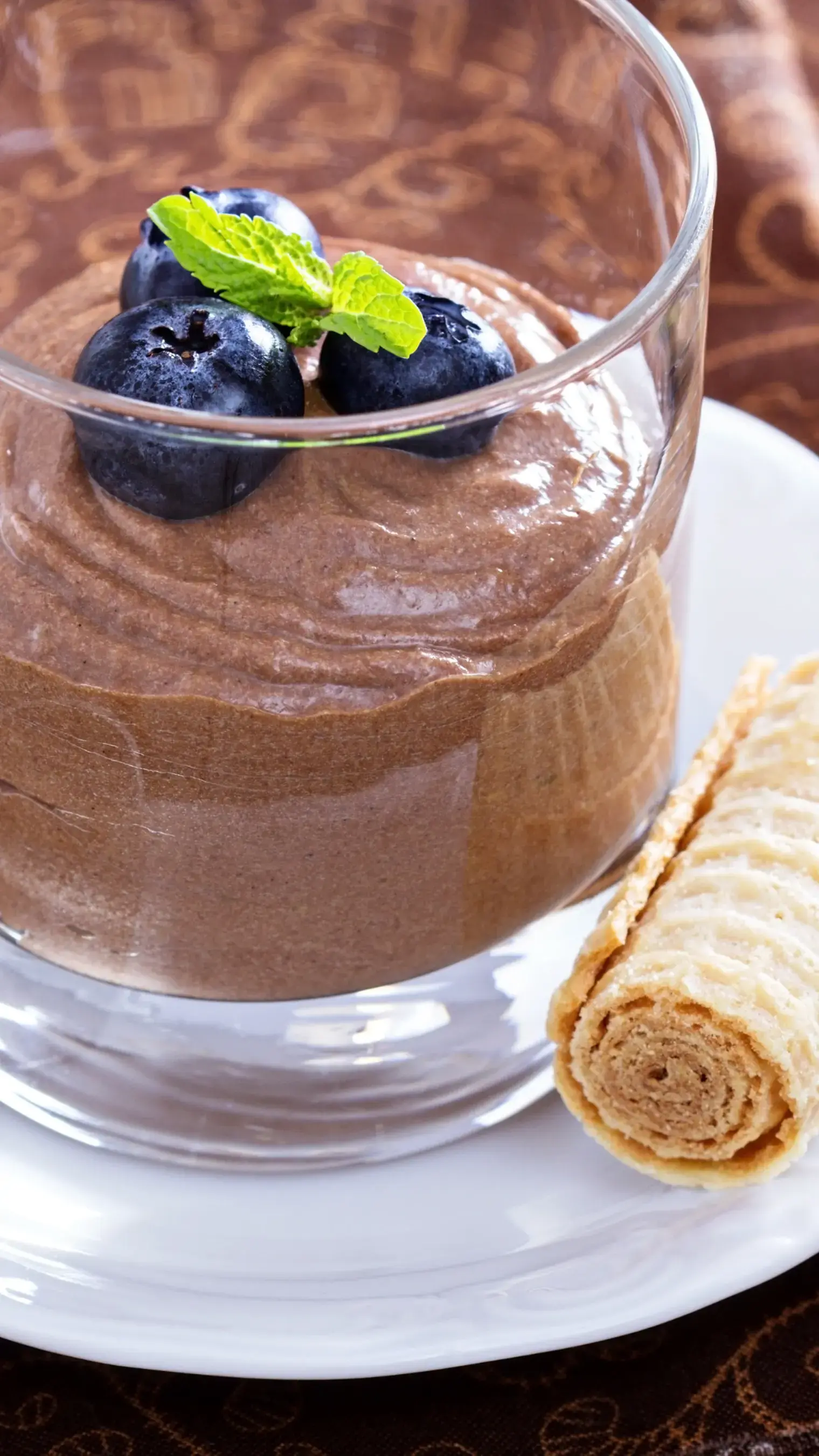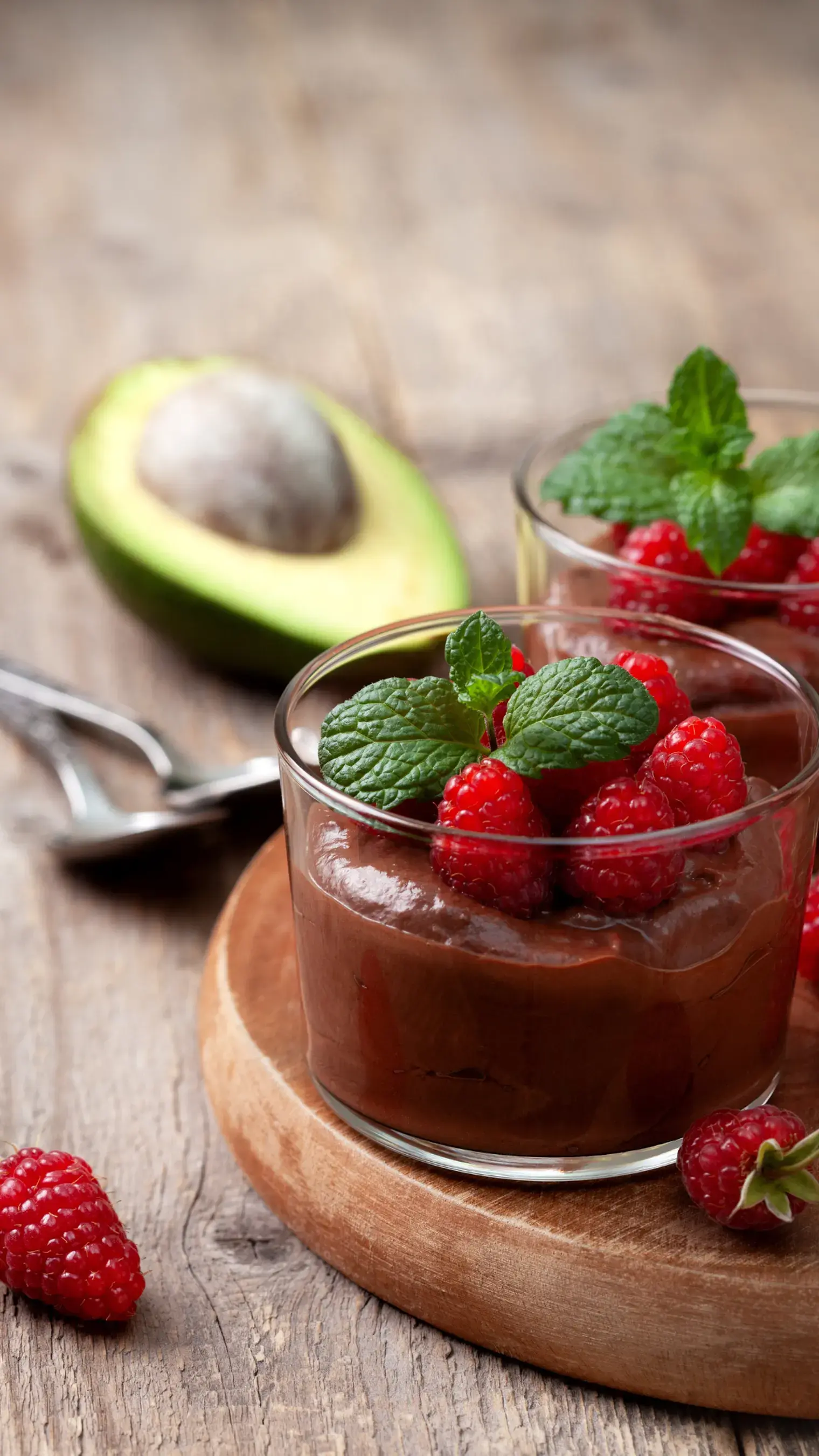The perfect recipe for besan halwa recipe with chocolate needs it's tips and tricks especially when working with ready to eat quality chocolate bars
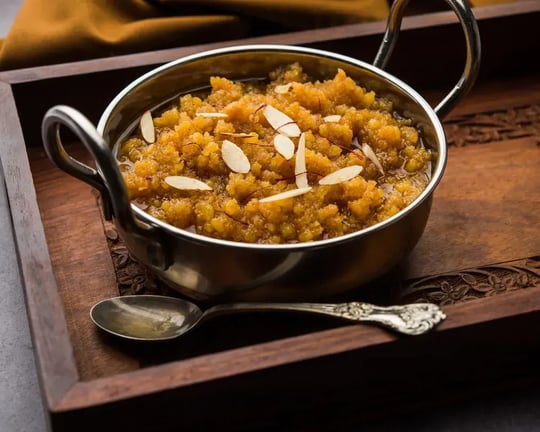
Besan halwa is already one of the cult classics, and when chocolate is added to the mix, besan halwa can truly be something sublime, if the chocolate is used the right way. Both the besan halwa and chocolate in itself have a strong flavor and balancing them can be a little tricky. If you treat the chocolate like a basic topping or just toss it in at the end, it might just backfire. The chocolate can mess with how the halwa cooks, how sweet it turns out, and even how it sits in the mouth. Below are 5 things that often go wrong when people try this combination, and how to avoid ending up with a weird, heavy mess instead of a solid dish.
1. Adding chocolate when the pan is too hot
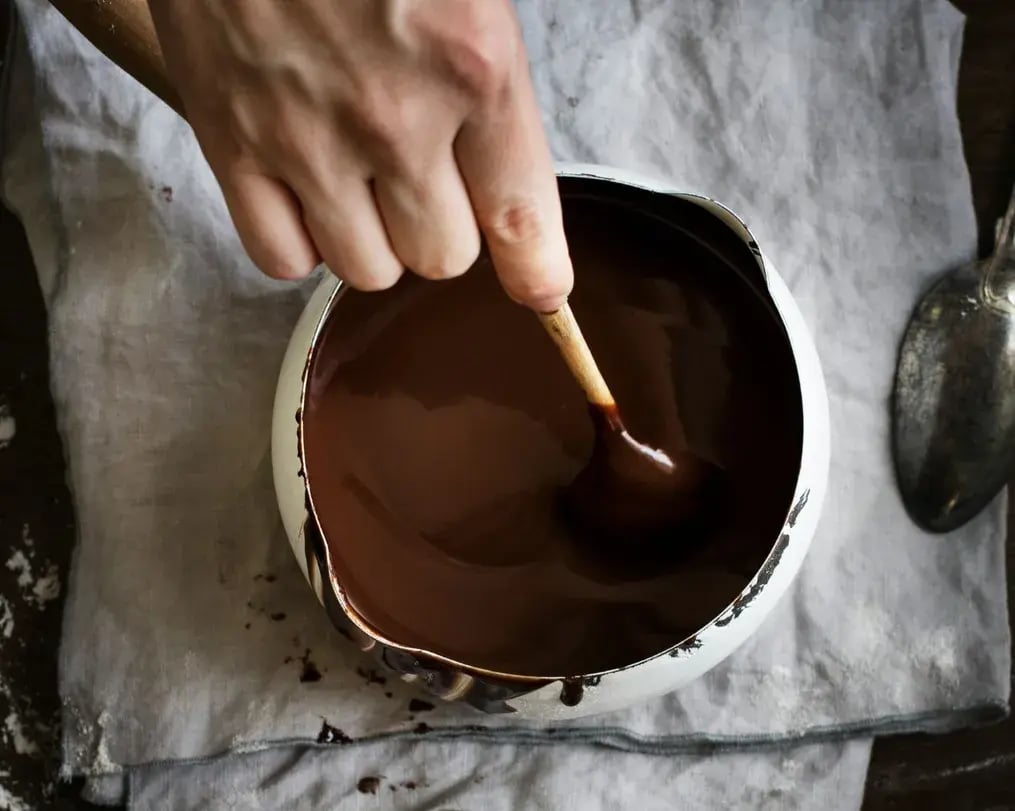
This is one of the most common slip-ups, for quality chocolate bars like Cadbury Dairy Milk or Cadbury Bournville tend to be quite heat sensitive. Say you’ve added your besan, ghee, and sugar syrup, everything looks ready, and then you toss in the chocolate while the pan is still on high heat. The result? The chocolate doesn’t melt smoothly at all. It clumps, or worse, it burns slightly, giving off a strange taste. Chocolate bars, especially those meant for direct consumption, need lower heat. Turn the stove down or even off, then stir it in slowly. Give it time. If you rush this step, you might end up losing the smooth finish and end up with something rough or greasy.
2. Picking the wrong kind of chocolate
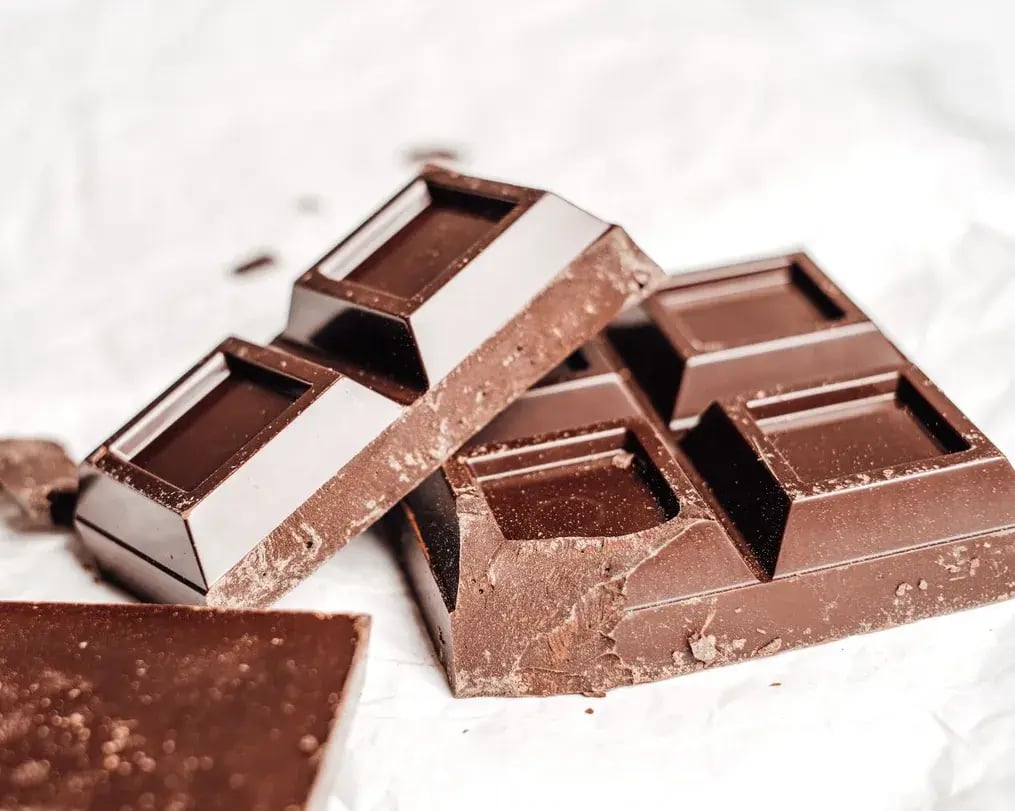
Not all chocolate works. A lot of people reach for what they have, maybe milk chocolate, some leftover chips from baking, or a sweet bar. But if the chocolate is already full of sugar, milk solids, or flavorings, it throws everything off. It turns the halwa cloying, and sometimes the extra ingredients react badly with ghee. You want plain, dark chocolate. Something strong, not too sweet. Even better if it's just cocoa, cocoa butter, and a bit of sugar. Read the label. If it’s got a long list of extra ingredients, skip it.
3. Not adjusting the sugar
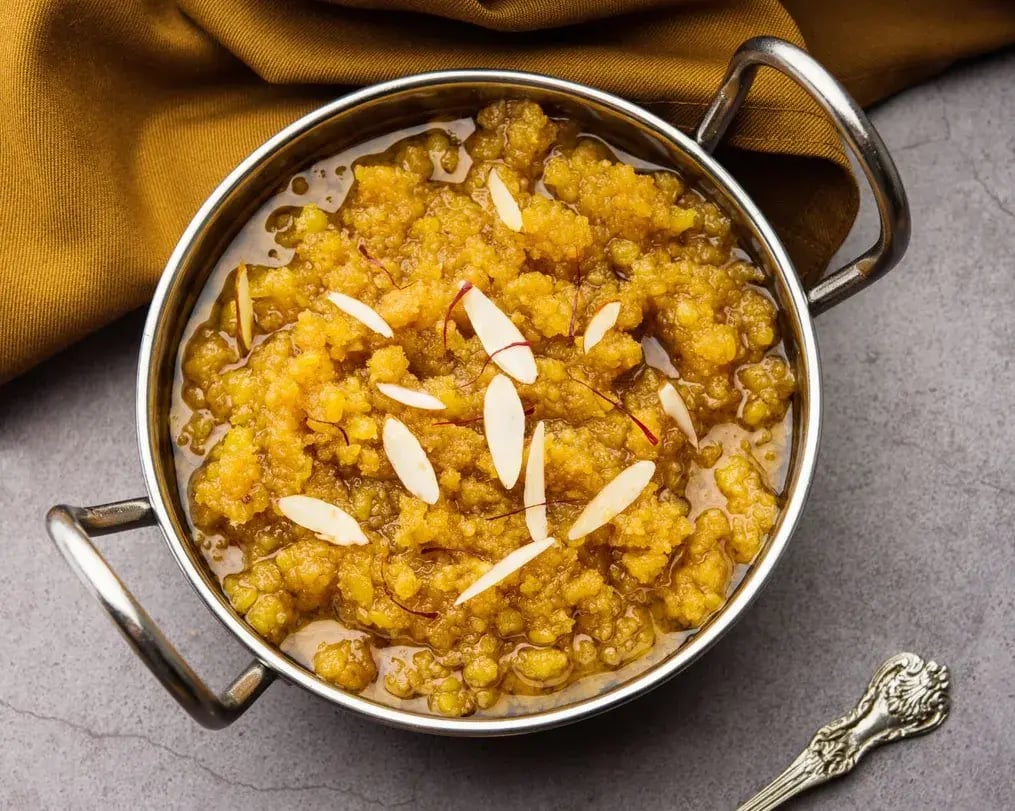
This mistake is subtle but damaging to the final dessert. You follow your usual halwa recipe, going with the exact sugar amount, and then you throw in chocolate without thinking about how sweet it already is. If you're using dark chocolate, heavy on the cocoa content, then you can use the regular sugar amount, but for those with lesser cocoa solids, you will need to reduce the sugar amount. If not, you'll end up with a sweet dish that feels over-the-top, almost sticky-sweet, with no contrast. Cut the sugar before you begin. Taste the halwa and adjust, and don’t assume chocolate replaces sugar; it adds to it.
4. Expecting the same finish as plain halwa
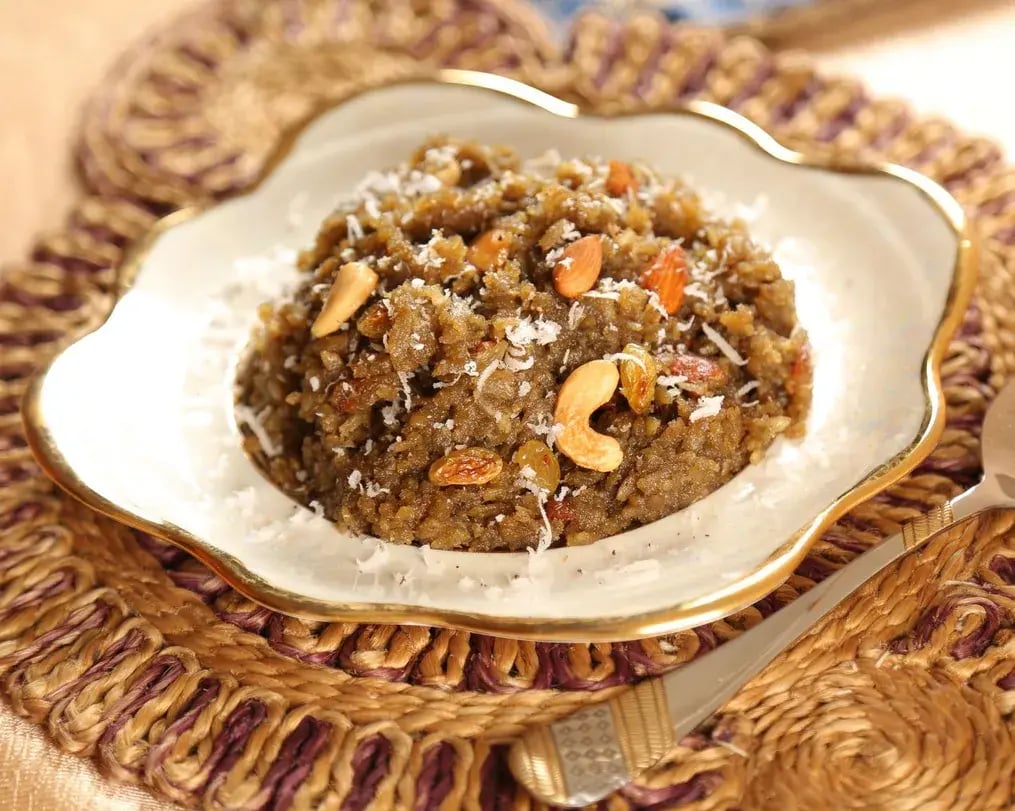
Chocolate changes how the halwa behaves as it cools, unlike the regular halwa, sans chocolate. You might expect it to be set in the same way as the regular version – firm, sliceable, maybe even hold shape when cold. But chocolate softens the final dessert. It makes the halwa looser, more scoopable than sliceable. If you don’t want that, you’ll need to adjust. Either reduce the ghee slightly or cook the halwa for a few extra minutes after the chocolate is added. Keep going until it thickens up and starts pulling away clean from the sides of the pan. Just don’t expect it to act the same, it won’t.
5. Treating chocolate like a topping
This happens a lot: people think they can just toss in a few chunks or sprinkle some chips on top and call it a chocolate halwa. But it doesn’t work like that. Chocolate isn’t a garnish here, it’s either fully mixed in or it doesn’t belong. Half-melted bits ruin the flow. They feel out of place and don't blend well with the roasted besan. If you’re adding chocolate, chop it fine, melt it fully, and stir till it disappears into the halwa. It should feel like part of the dish, not something added as a careless afterthought.
Like This Article?
More Like This
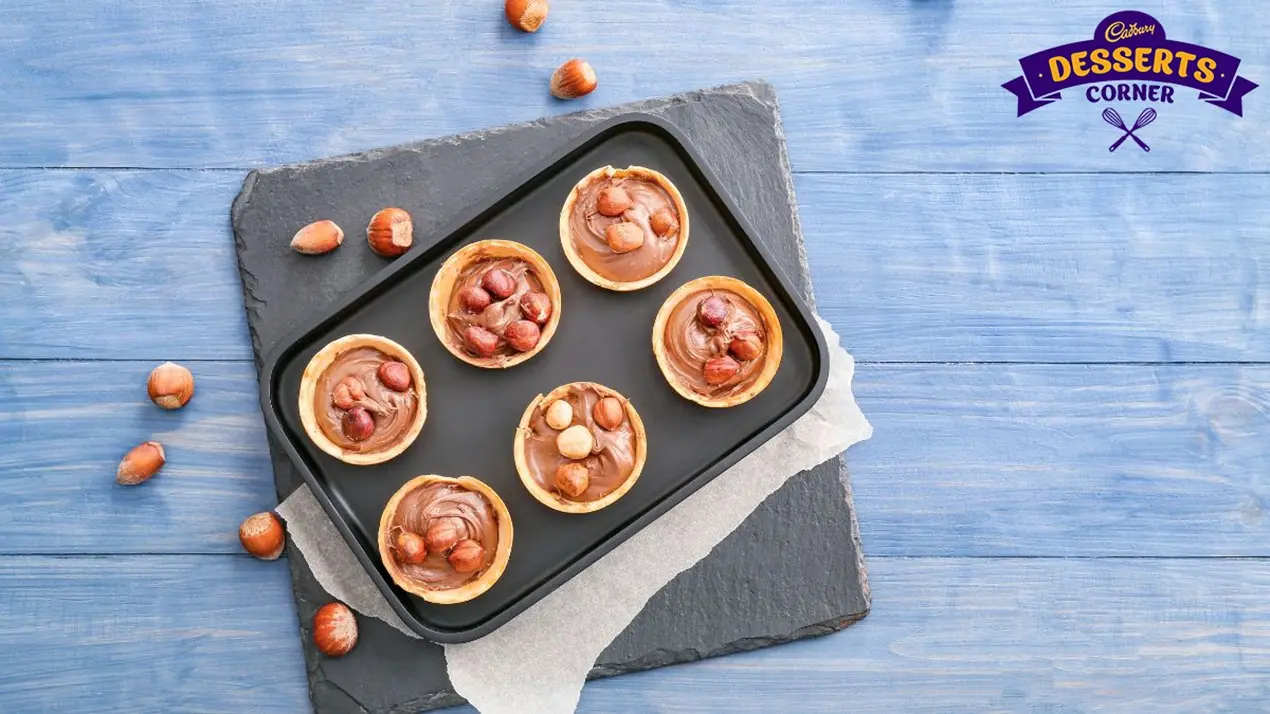
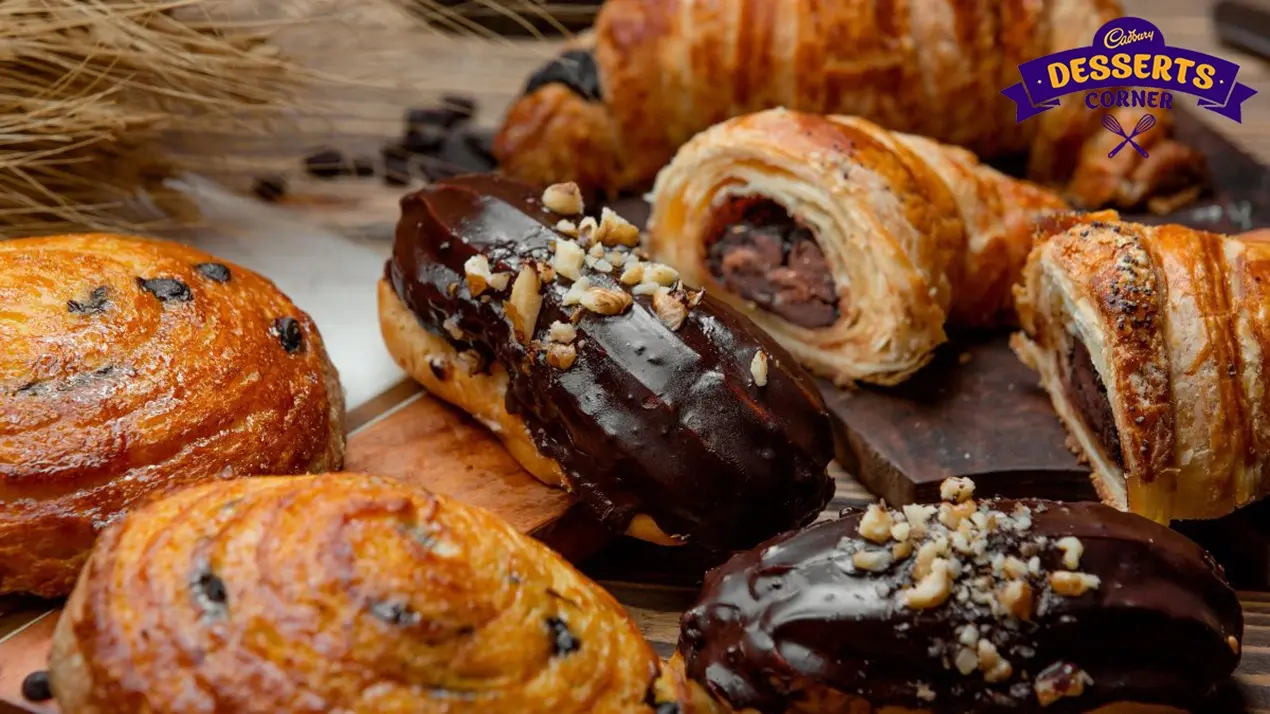

Popular Articles




Trending Web Stories
Curated Recipes


















